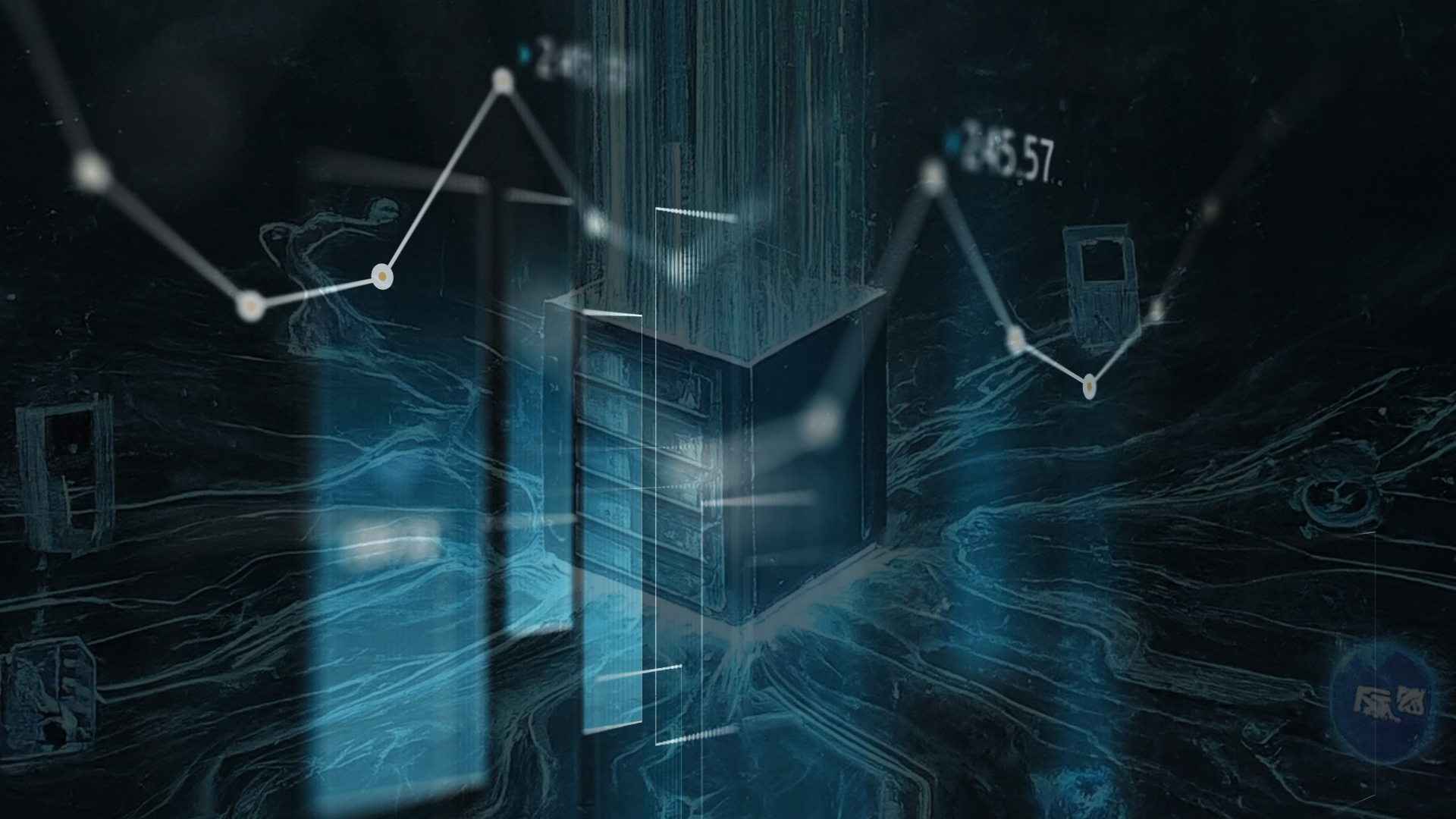In recent years, the convergence of artificial intelligence (AI) and edge computing has revolutionized data analysis, enabling organizations to process and analyze data closer to its source, at the network edge. Edge AI innovations leverage machine learning algorithms and advanced analytics to extract valuable insights from real-time data streams, transforming industries ranging from manufacturing and healthcare to transportation and retail. In this blog post, we’ll explore five big edge AI innovations that are reshaping data analysis and driving digital transformation across various sectors.
1. Real-Time Predictive Maintenance:
Edge AI enables real-time predictive maintenance solutions that use machine learning models to analyze sensor data from industrial equipment and machinery. By monitoring equipment performance metrics, such as temperature, vibration, and pressure, in real-time, these solutions can predict potential failures and schedule maintenance tasks proactively. This predictive approach minimizes downtime, reduces maintenance costs, and optimizes asset utilization, helping organizations enhance operational efficiency and productivity.
For instance, a study by McKinsey & Company, a world-renowned management consulting firm, highlights the significant potential of AI in optimizing factory operations. Their report, “Unlocking the potential of AI in manufacturing“, dives deeper into how AI-powered predictive maintenance can streamline processes and reduce costs.
2. Autonomous Vehicles and Intelligent Transportation Systems:
Edge AI powers autonomous vehicles and intelligent transportation systems (ITS) by enabling onboard processing and analysis of sensor data, such as lidar, radar, and cameras. These systems leverage machine learning algorithms to interpret sensory inputs, detect objects, and make real-time driving decisions, without relying on continuous connectivity to the cloud. By processing data at the edge, autonomous vehicles can respond quickly to changing road conditions, improve safety, and enhance the overall driving experience for passengers.
Nvidia, a leader in graphics processing units (GPUs) crucial for AI applications, showcases their hardware and software solutions for autonomous vehicles on “The DRIVE Platform“. Their cutting-edge technology underpins the real-time decision-making capabilities required for autonomous vehicles.
3. Remote Healthcare Monitoring and Telemedicine:
Edge AI facilitates remote healthcare monitoring and telemedicine solutions that enable healthcare providers to monitor patient health metrics and deliver personalized care outside of traditional clinical settings. Wearable devices equipped with AI-powered analytics can analyze physiological data, such as heart rate, blood pressure, and glucose levels, in real-time, alerting healthcare professionals to abnormal patterns or potential health risks. This real-time monitoring capability allows for early intervention, timely medical consultations, and proactive management of chronic conditions, improving patient outcomes and reducing healthcare costs.
Accenture, a multinational professional services company, offers valuable insights into how AI is transforming healthcare delivery through remote patient monitoring in their report, “AI-powered healthcare: Transforming the patient experience“. This report explores the potential of AI to improve patient care and optimize healthcare systems.
4. Smart Retail and Customer Insights:
Edge AI drives smart retail initiatives by enabling retailers to analyze customer behavior and preferences in real-time, leveraging data from in-store sensors, cameras, and mobile devices. AI algorithms process and analyze shopper data at the edge, generating insights into foot traffic patterns, product interactions, and purchase behaviors. Retailers can use these insights to optimize store layouts, personalize marketing campaigns, and enhance the overall shopping experience for customers, ultimately driving sales and improving customer satisfaction.
IBM, a leader in enterprise technology solutions, offers “Edge AI for Retail“, which details how their edge AI solutions empower retailers with real-time customer insights for personalized shopping experiences. By leveraging AI at the edge, retailers can gain a deeper understanding of their customers and tailor their offerings accordingly.
5. Environmental Monitoring and Smart Cities:
Edge AI plays a critical role in environmental monitoring and smart city initiatives by enabling the real-time analysis of environmental data, such as air quality, water quality, and weather conditions. Edge devices equipped with AI algorithms can process sensor data from distributed sensor networks, detecting pollution levels, monitoring natural disasters, and predicting environmental hazards. By providing timely insights and alerts to city officials and emergency responders, edge AI solutions help cities mitigate environmental risks, improve public safety, and enhance urban resilience.
Microsoft, a leading cloud computing provider, is heavily invested in AI for sustainability initiatives. Their blog post, “AI for Sustainability“, highlights their work in this area and showcases how AI can be used to create intelligent cities that optimize resource use and improve overall environmental health.
This concludes our exploration of five big edge AI innovations that are transforming data analysis and driving digital transformation across various sectors. By harnessing the power of edge AI, organizations can unlock new opportunities for innovation, efficiency, and growth in today’s data-driven world. Edge AI is not a magic bullet, but it represents a significant leap forward in how we collect, analyze, and utilize data. As edge AI technology continues to mature and become more widely adopted, we can expect to see even more innovative applications emerge across a vast range of industries.
